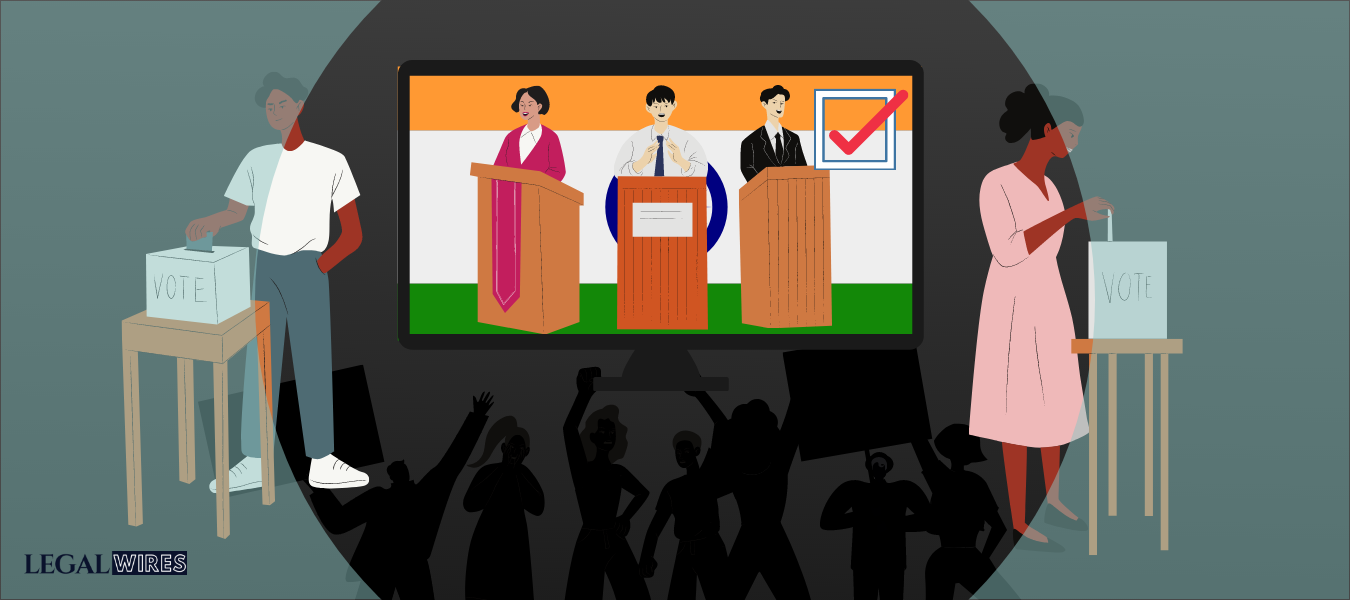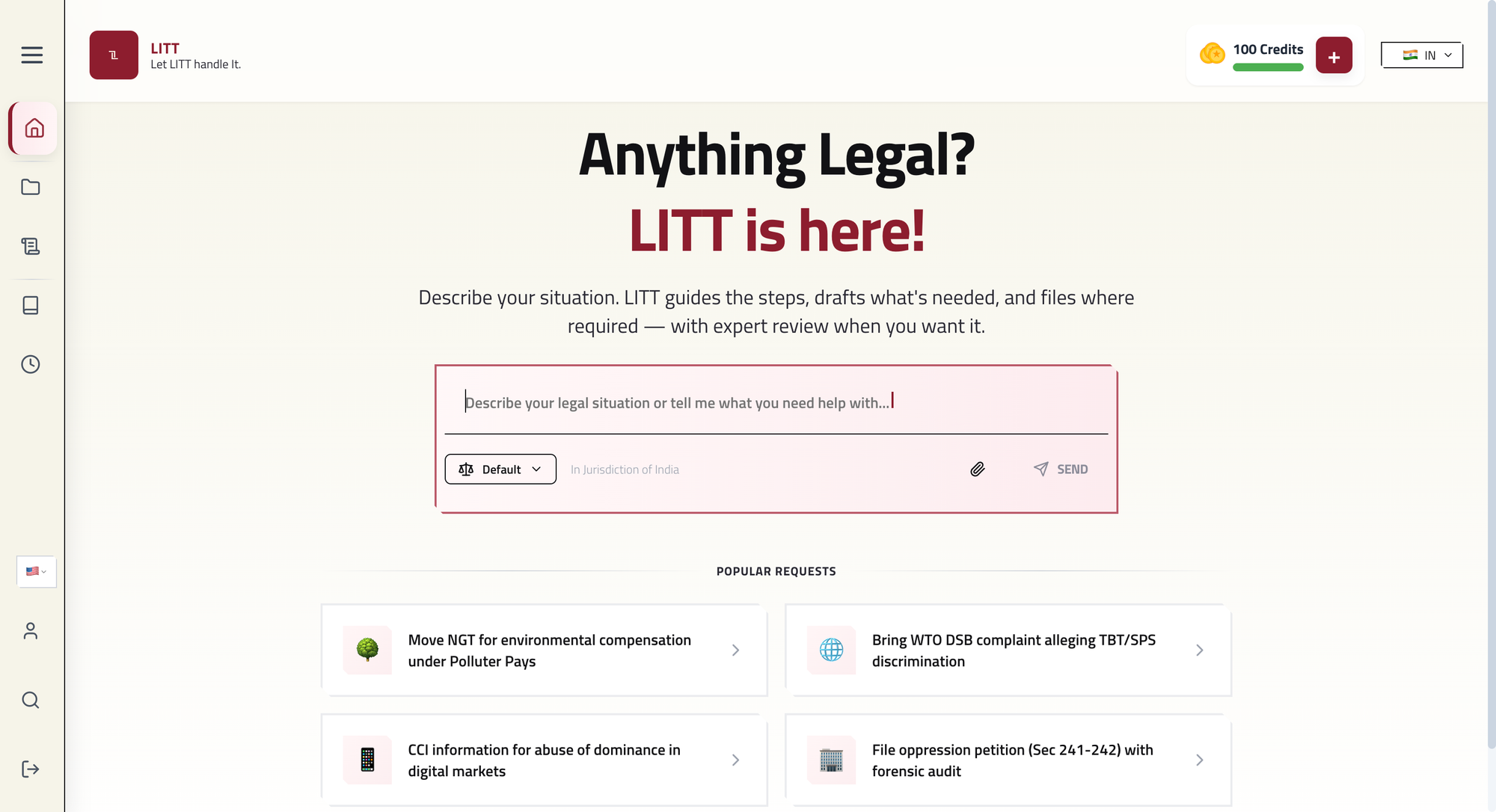With the Supreme Court declining to intervene, under Art. 136 of the Constitution of India, to preserve the privilege of the beginners voters, reaching into lakhs, in the survey acquired territory of Telangana to practice their verification.

AI legal research and drafting tool
Introduction:
With the Supreme Court declining to intervene, under Art. 136 of the Constitution of India, to preserve the privilege of the beginners voters, reaching into lakhs, in the survey acquired territory of Telangana to practice their verification[1], the Apex Court has not kept its appointment with the youthful voters of this area, who, even after finishing the age of eligibility, of 18 years,[2] are being denied and said directly on simply ‘technical grounds’, which is an incorrect date in this ‘social age’. Likewise, In the close to similar circumstance, in the American context, in the year 1962, when almost 70 percent of the voters of the Tennessee State, were denied of their democratic rights in the matter of elections, since they had relocated from the country to the urban regions, bringing about a ‘variation of the dispersion of urban/rustic voters’, the U.S. Preeminent Court on record of Baker versus Carr, 369 US 186[3], a 5 Judges larger part completion led by Justice Brennan, maintained the residents’ most valued belonging, in a delegate majority rules system, for example, an option to cast a ballot. Not to neglect the way this very Court in the year 1946, on account of Colegrove versus Green, 328 US 549 [4]would not like to go into what it called ‘political brush’ and beyond the Court’s purview. But with Baker’s case, the circle was finished, when it considered the ‘option to cast a ballot’ as the best considerate right and the most basic under the American arrangement of government, with regards to the ‘uniformity condition’ in the fourteenth amendment to the Constitution of America.
In Indian Context:
In the Indian setting, the option to cast a ballot has transformed, during the last 60 and odd long stretches of Electoral Democracy, from a ‘legal right’, as held in N.P. Ponnuswamy’s case (1952 SCR 218, 6 Judges)[5] into an undeniable major right, basic to the opportunity of articulation ensured under Art. 19(1)(A) of the Constitution of India[6], as held in the PUCL case (2013) 10 SCC 1 (3 Judges)[7]. The above-authorized position isn’t without the heading of the development for ‘comprehensive political support’, completed at the worldwide level, as the Universal Declaration of Human Rights, which at Article 21[8] gives as under:
- “Everyone has the privilege to participate in the Government of his nation, straightforwardly or through openly picked delegates,
- Everybody has the privilege of equal access to public service in his country,
- The desire of the individuals will be the premise of the authority of Government;
And Further the International Convention on Civil and Political Rights (ICCPR), at Article says- “Each resident will have the privilege and the chance, with no of the differentiations referenced in Article 2 and without preposterous limitations:
- to participate in the lead of open issues, straightforwardly or through unreservedly picked agents;
- to cast a ballot and to be chosen at authentic occasional races which will be by widespread and equivalent testimonial and will be held by mystery voting form, ensuring the free articulation of the desire of the voters;
- to approach, on general standing of equity, to open assistance in his nation.” and further
Let’s not overlook that the said directly through English history, the supplier of the mother of Parliaments, has held the option to cast a ballot, at a political race, comparable ‘to one side to enact’ and along these lines rewarded the said directly with the most elevated significance and as an incredible benefit, which no balloter can be denied off. Sir Winston Churchill[9] summed up the ‘political race procedure’s in his incomparable style, as cited for M.S.Gill’s situation (1978) 1 SCC 405 (5 Judges)[10]
Para 2
“At the base of all tributes paid to majority rules system is the little man, strolling into a little corner, with a little pencil, making somewhat cross on a tad of paper – no measure of the way of talking or voluminous conversation can decrease the mind-boggling significance of the point.” Going back a smidgen in history and asking oneself, concerning why the democratic age, in any case, was diminished from 21 to 18 years in India in the year 1985? The straight response to this, is, in the year 1985, the Rajiv Gandhi Government, to honor the International Year of Youth, presented the 61st Constitutional correction[11], to bring down the age from 21 to 18 years, which was consequently changed over into a YUVA (Youth United for Voter Awareness) battle, by the Election Commission of India acting under the
(a) National Youth Policy 2003[12];
(b) National Policy on Education 1992[13]; and
(c) U.N. Thousand years Development Goal of 2000[14],
To engage youth by the method of comprehensive political cooperation. The immediate aftermath of this bringing down old enough has been an uncommon decrease in the normal age of the Members of Indian Parliament. Truth be told, the Election Commission, watches 25th January of consistently as the National Voters’ Day[15], a day on which it attempts to rope in whatever number first-time voters as could be allowed for enrollment, since the expansion in the willful enrolment of first-time voters, who have accomplished 18 years old even by 1985, has been a negligible – 15 percent somewhere in the range of 1985 and 2010. In any case, in the ensuing years, it has gotten majority rule energy going up to 73 percent continuously in 2014. On the off chance that the disappointment of Telangana first-time voters isn’t to be looked by the young people of other Indian States, the Union Government, ought to enact, to have at least 2 ‘qualifying dates’ as characterized in the Representation of People Act, with the goal that the adolescent who has achieved the democratic age of 18 years, need not sit wait a year before they can practice their right. The dismal instance of Telangana first-time voters is that they can’t cast a ballot, even though they have achieved the qualified age of 18 years since the ‘qualifying date’ for enrolment is taken as the first of that specific particular election year. In other words, if elections are held in 2019, at that point first of January 2019 is the cut-off date for enrolment, and if the elections are held in 2018, at that point first of 2018, is taken as the cut-off date for enrolment and arrival of the Final Electoral Roll. The disparities/oddities of this sort ought not to be permitted to play foul with the hallowed ‘option to cast a ballot’ in a discretionary popular government. The first-run through voters, however on the appointive roll, won’t have the option to cast a ballot at the hustings in Telangana, on account of the passing date of 1.1.2018, and will presently make their choice just in 2023, by which time they are well past their childhood, which is universally perceived as 15 to 23 years old. The said forswearing of option to decide in favor of the qualified youth because of specialized abnormalities is a slur on Indian majority rules system and ought to be redressed at the soonest, as a component of discretionary changes program attempted by the Election Commission of India and in reality, a Bill with that impact is pending in Parliament. In an ongoing report by two teachers of Government, at Harvard, in particular Steven Levitsky and Daniel Ziblatt in their book entitled “How majority rules systems bite the dust” have given an agenda of side effects of a perishing vote-based system. Not perceiving the voters’ privileges and goals is one of the indications of a withering majority rule government. That being in this way, let the residents of the Indian Republic spare the Indian vote-based system from its own chosen rulers
[1] Source link.
[2] Source link.
[3] Source link.
[4] Source link.
[5] 1952 SCR 218
[6] (a) to freedom of speech and expression;
[7] on 27 September, 2013
[8] Source link.
[9] Sir Winston Leonard Spencer Churchill was a British politician, army officer, and writer. He was Prime Minister of the United Kingdom from 1940 to 1945, when he led the country to victory in the Second World War, and again from 1951 to 1955.
[10] Equivalent citations: 1978 AIR 851, 1978 SCR (3) 272
[11] Source link.
[12] Source link.
[13] Source link.
[14] Source link.
[15] Source link.


